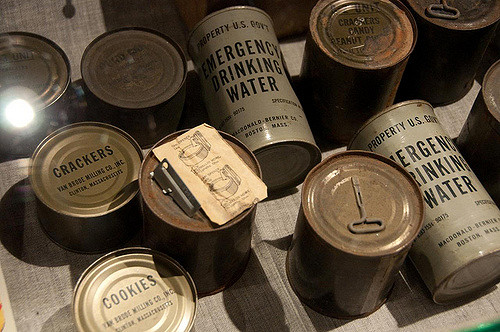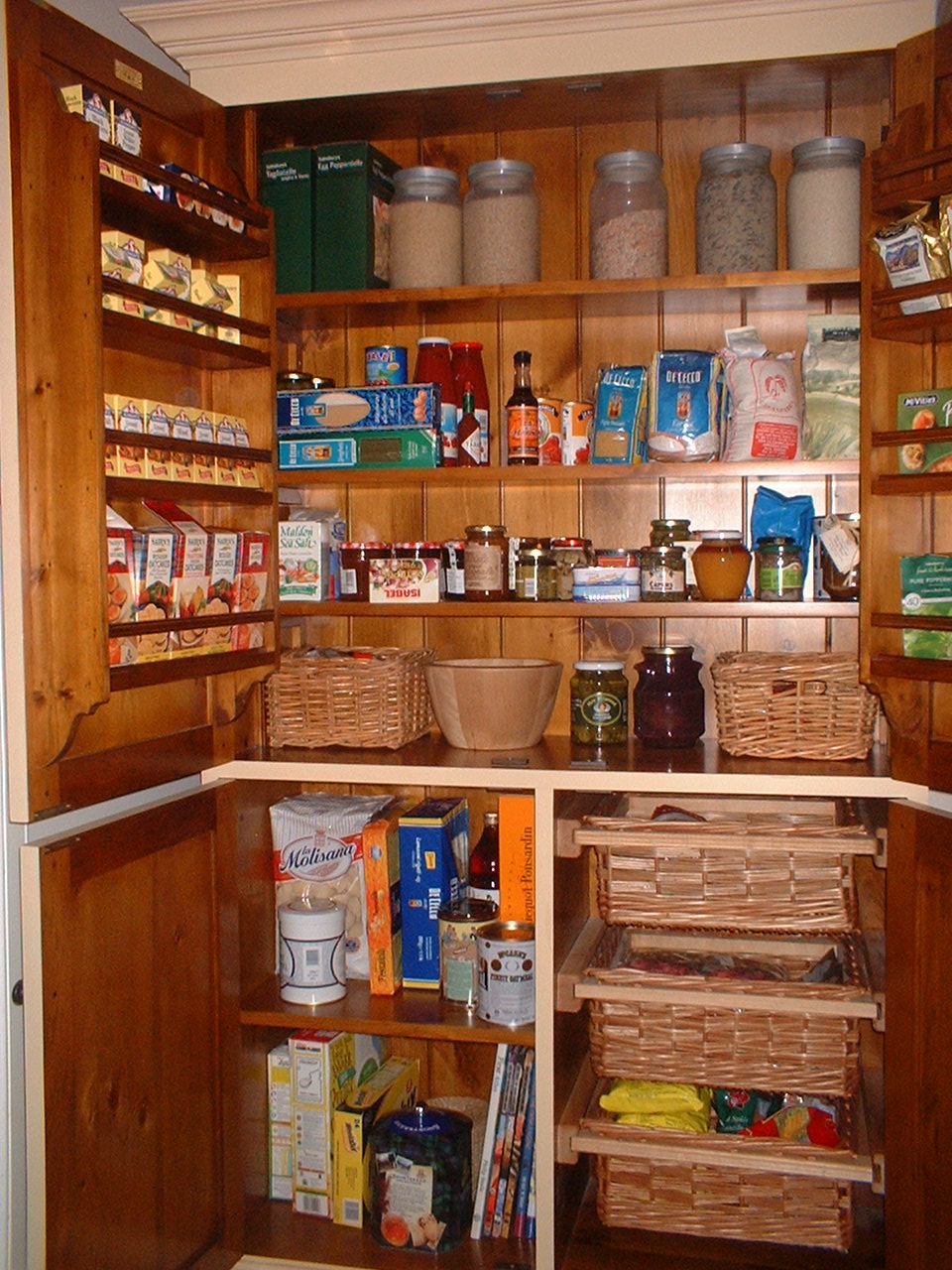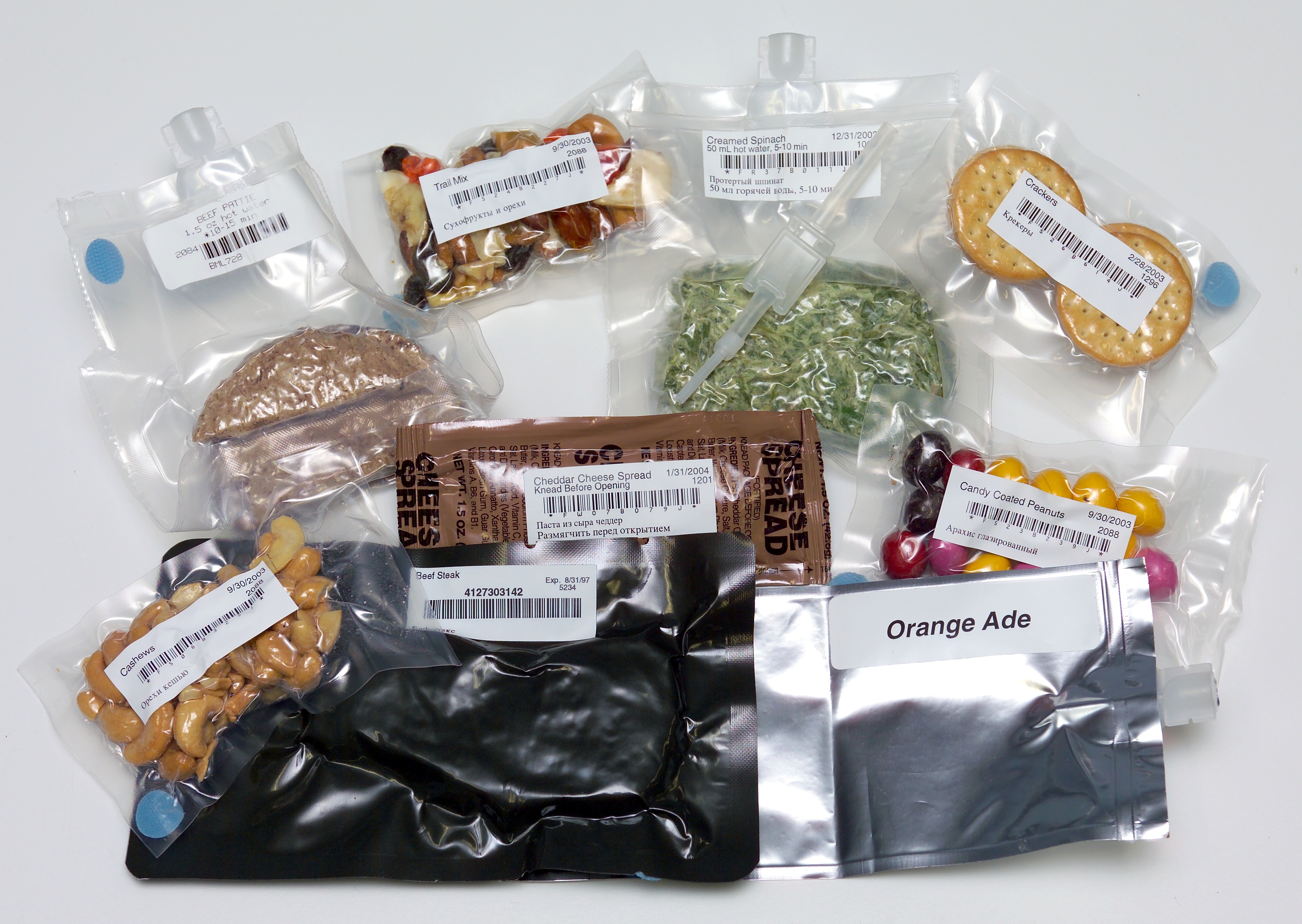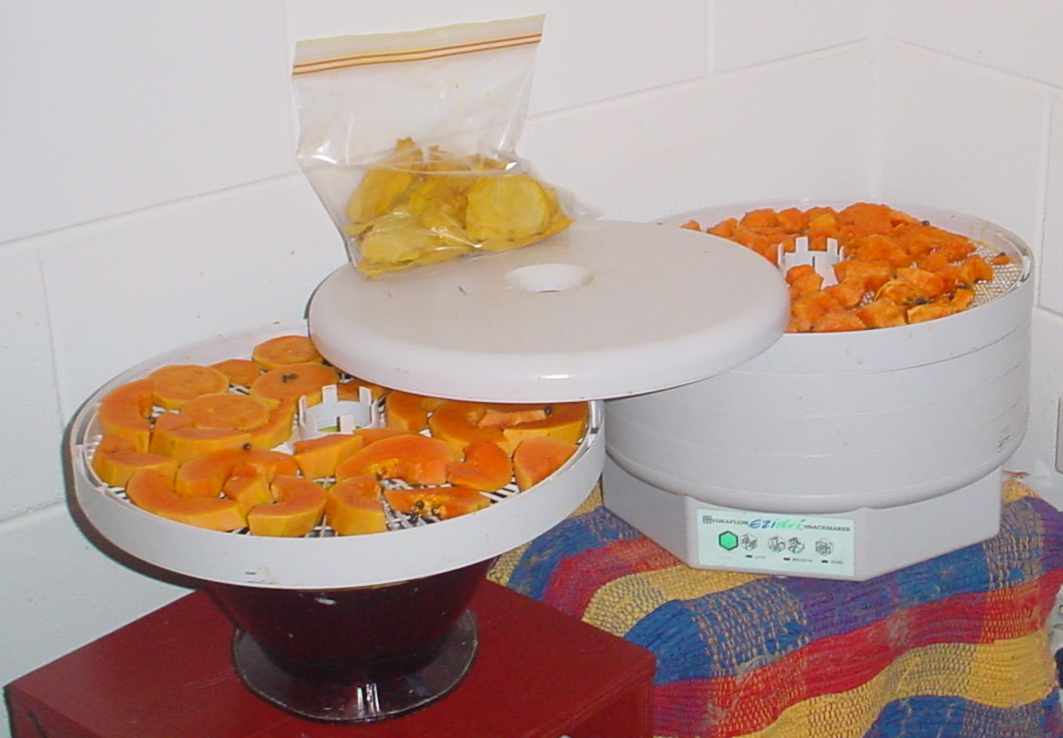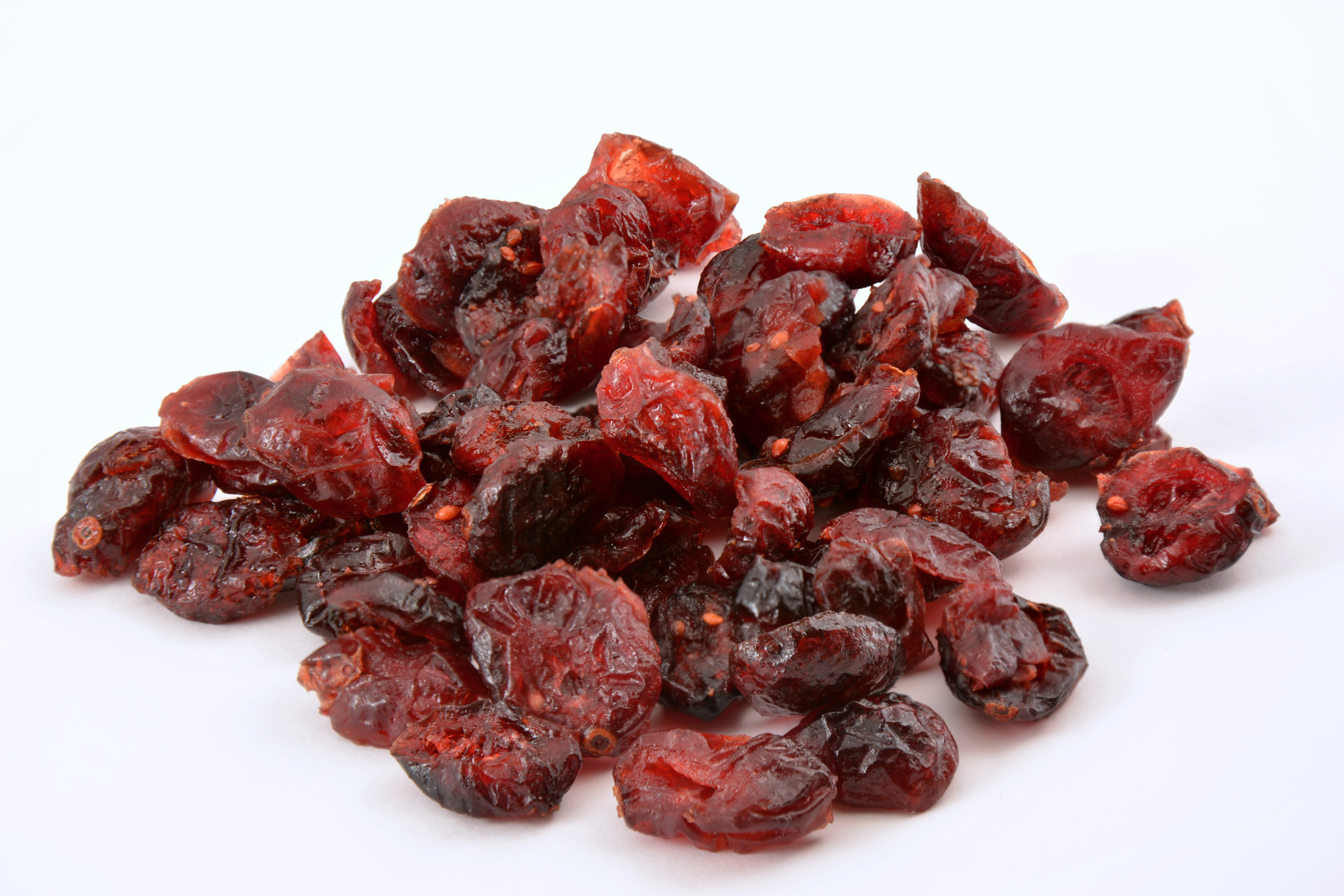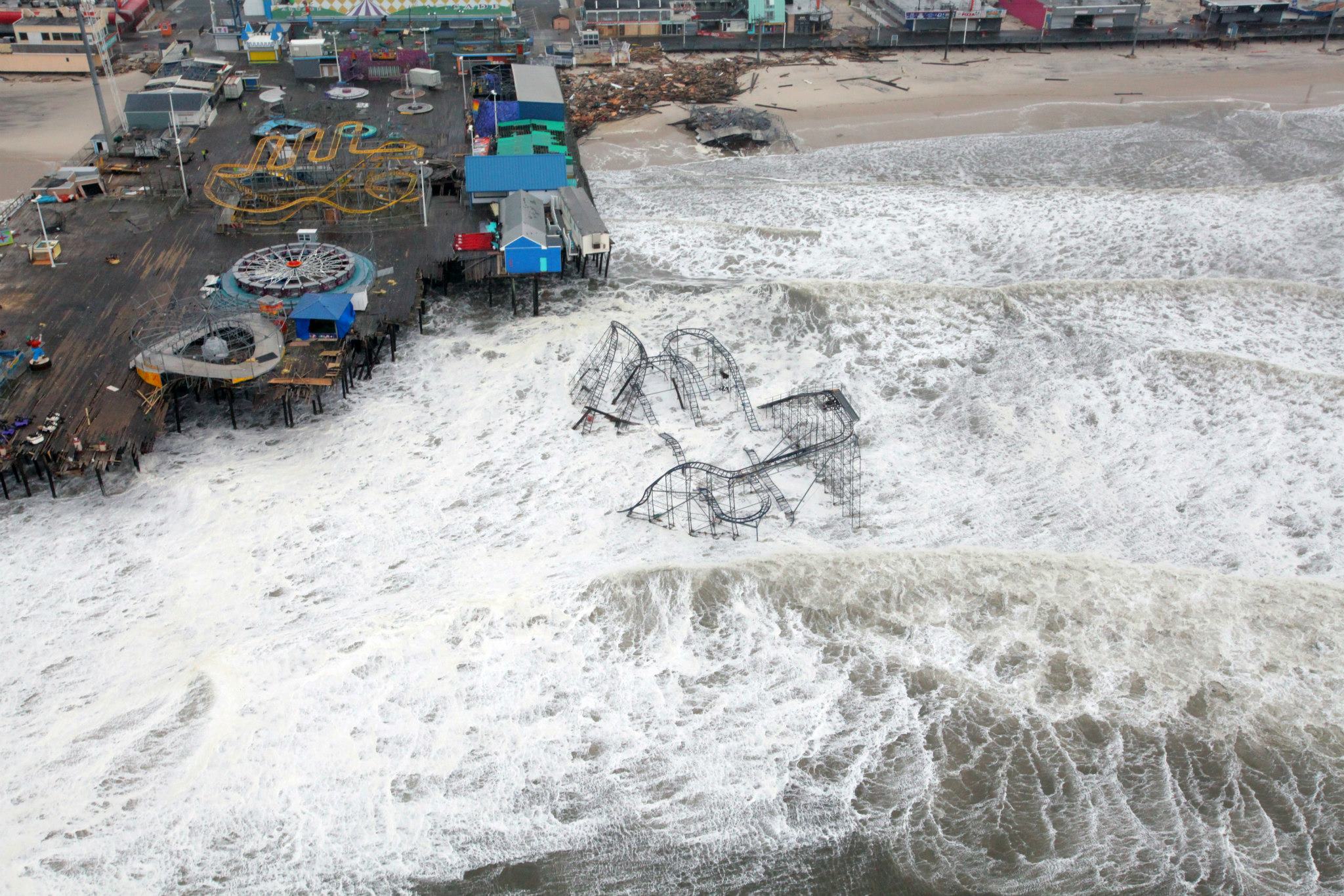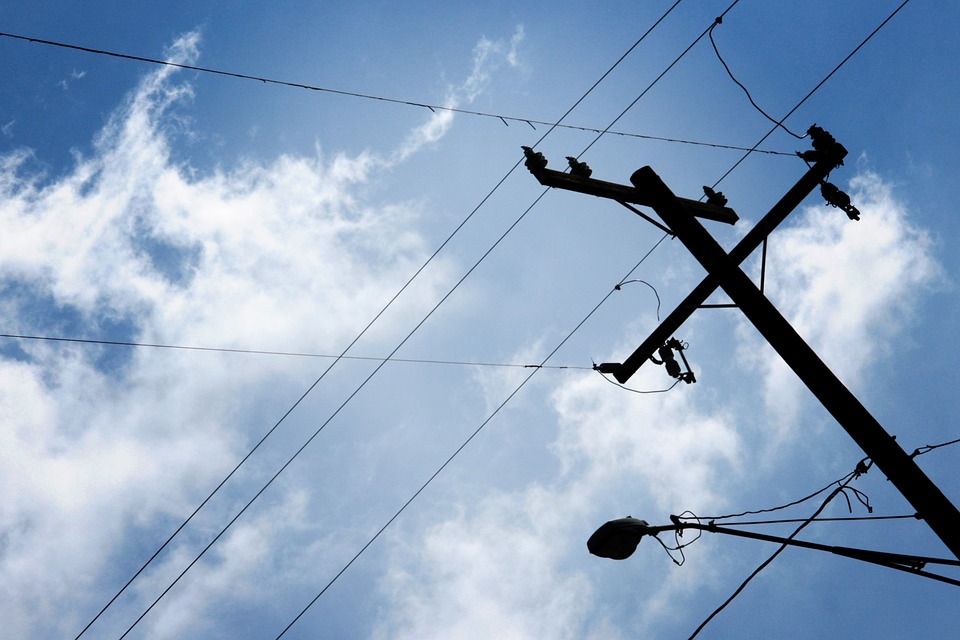The Who, What, Where, When, & Why of Survival Food
- By J.R. Fisher
- May 3, 2016
The Who, What, Where, When, & Why of Survival Food
We hear the term, survival food, used all the time these days, by all different kinds of people.
The words can be heard from the mouths of the most primitive survivalist, to the weekend camper.
What the heck is it?
Definition:
This is a type of food that has a long shelf life, it is easily stored, there is no cooking required to eat it, and in an emergency situation, this will save your life. Food/water is needed for your body to function properly.
How is survival food different than regular food?
Sounds like a silly question after reading the brief definition, but hang out with me for a few minutes so we can go through this.
If you store veggies, meats, milk, bread, and cheese when the power goes out, what is going to happen?
In a few days, the veggies and meat are going to rot, the milk is going to sour, and the bread and cheese will start to mold.
The main difference is the shelf life of the food. Emergency foods are going to have a long shelf-life to withstand time and weather, they are going to be packaged in a way that will be protected, they are going to be ready to eat either right away or with some water, and they are not going to be something stored away in your refrigerator/pantry.
These foods are going to be safely placed in an area that you will be able to retrieve if something were to happen.
How can you recognize emergency food?
A simple question that is so very important.
Generally you are going to see this packaged in airtight bags or containers.
The ones that you probably already know how to spot are the canned foods! They’ll be canned and ready to go!
Where can you find this?
There are an endless number of places where you can purchase food for survival.
The best places to find these foods that are for survival purposes are going to be online although there are many other viable options.
-
This is my top choice for long term food company. They provide freeze dried food meals and canned meats that have no chemicals or preservatives. These foods are going to last you the longest...up to 25 years.
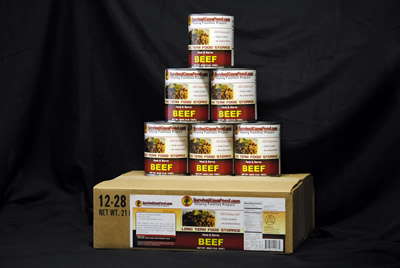
Online Companies
-
Other online options include Emergency Essentials, My Patriot Supply, Wise Food, among many others.
Grocery stores
-
Stock up with non perishable foods from the grocery store is perfectly fine. The only downside to this option is that it is imperative to keep track of expiration dates because these will not last longer than 2 years depending on the items purchased.
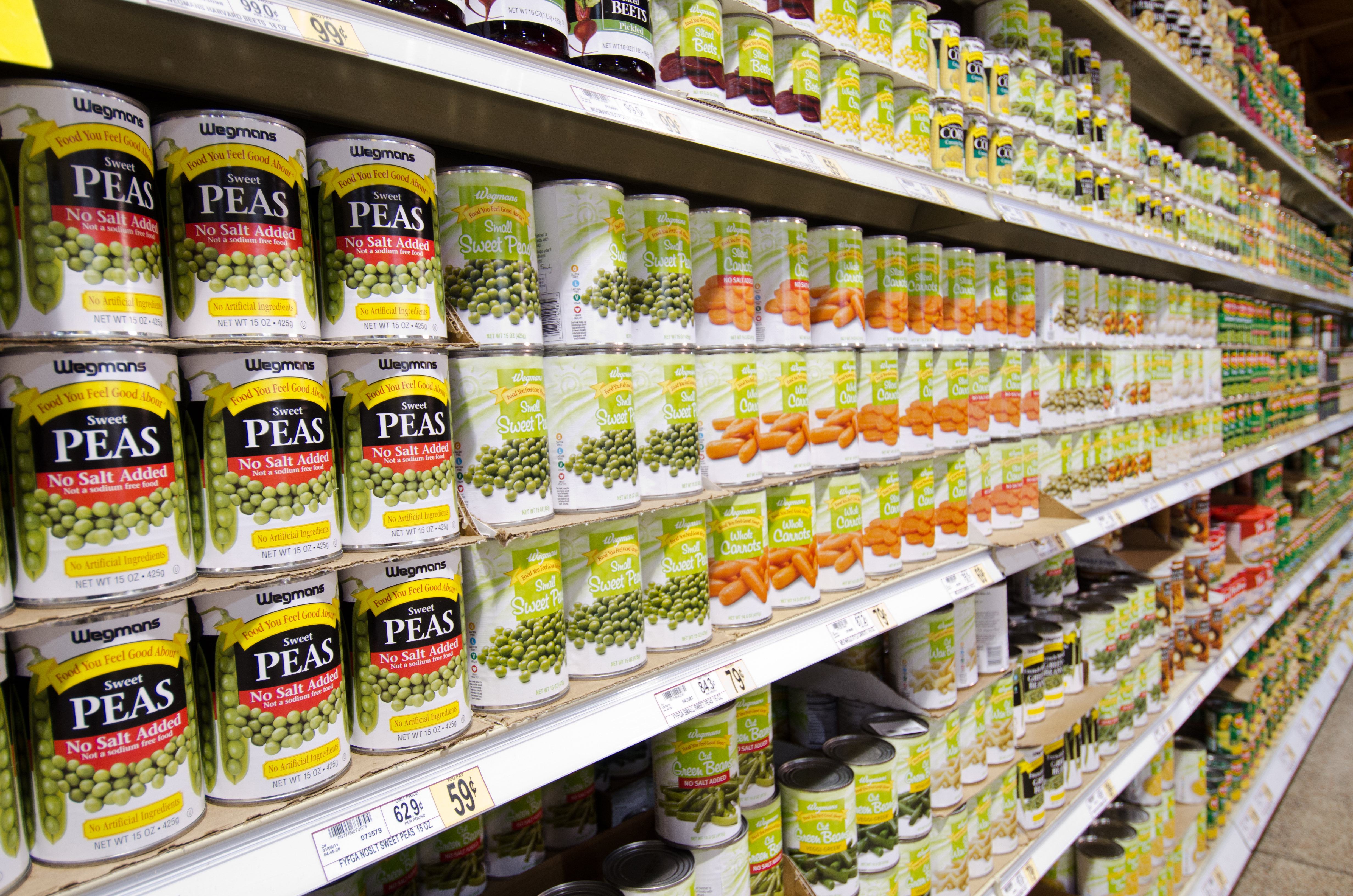
MRE distributors
-
Another great option and there are many different sellers of these online. MRE’s last a long time and are easily stored away. The only thing that may hinder this option is the taste of the food, although we know that in a time of need, any food is going to be great!
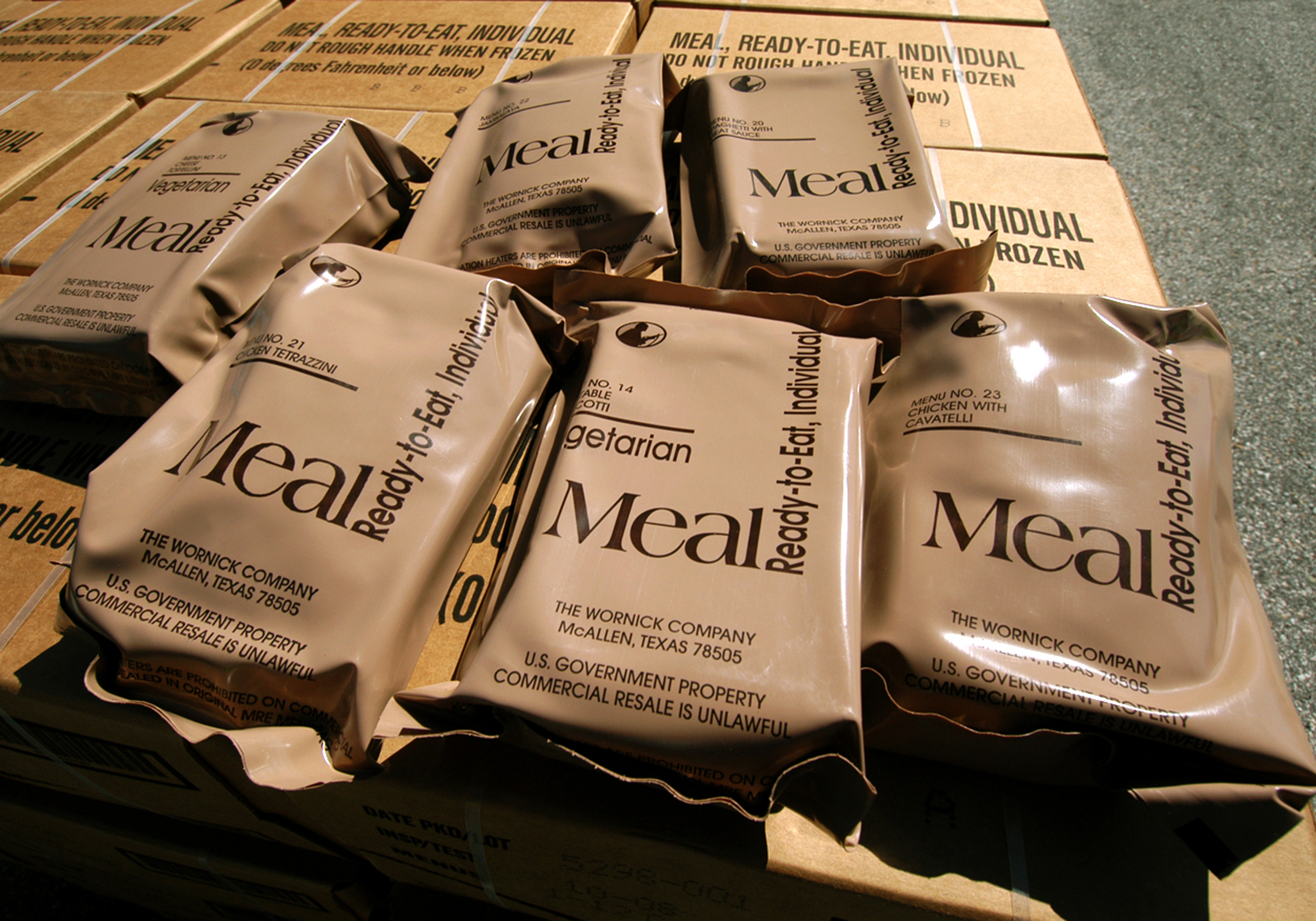
I think you may be getting the jist of this now!
One thing you may be thinking…
How much of this do I need for my family?
Lucky for you! One of the emergency food websites has a food calculator feature that will help you figure this out!
It will ask you for the number of adults, childrens, and how long you are trying to prepare food for.
I recommend this as a great starting point. Of course you can add more to this or alter it however you see fit, for instance if you have pets that you are preparing for as well.
If you feel like you want to calculate on your own, you need to take into account how many people and how long you are preparing for. Generally you’ll want to have enough prepped for 2,000 calories per person, per day.
Now you’ve got how much food you need, where you can find it, now you need to know how you should store it!
Storage:
-
If you’re buying from a company such as, survivalcavefood.com, all you need to do it just place it in an easy to locate location that is preferably not in direct sunlight.
-
Storing dried foods/dehydrated foods- Store these in a sealed, airtight bag. A recommended bag is a mylar bag and you can place an oxygen absorbing pack in to make sure that there is no air that you missed.
-
Storing grocery store items, you’ll want to keep any dry goods in a dry, cooler space to preserve the food longer. It is important to note that canned goods should be protected from high temperatures and humidity.
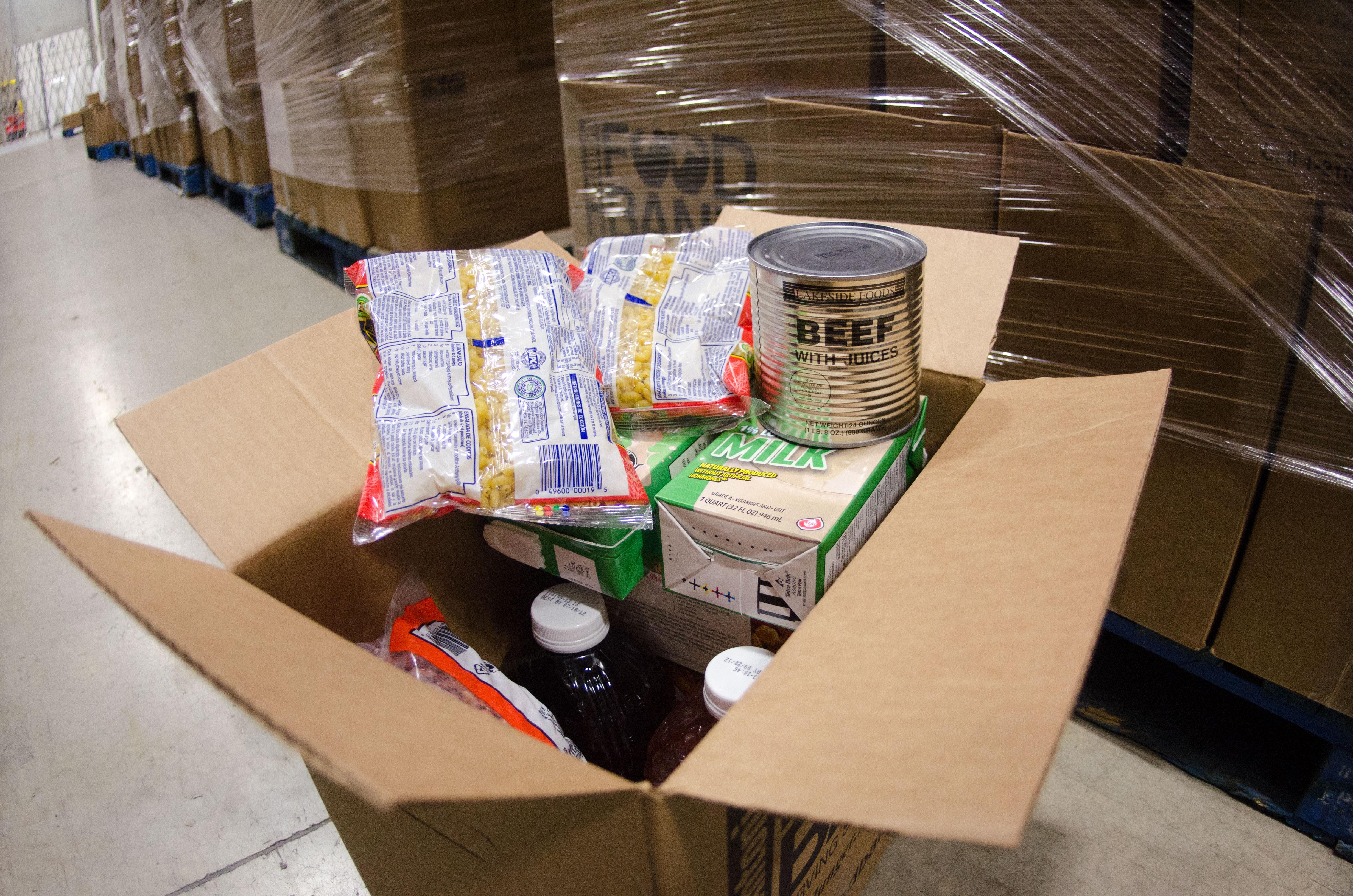
Not wanting to order from a company?
The top best foods to store are:
-
Canned meats. - Tuna, salmon, stews, etc
-
Canned fruits & vegetables.
-
Bags of dry beans & rice.
-
Peanut butter.
-
Salt, sugar, & dried seasonings.
-
Water - LOTS of water - This is VITAL to your body's functions
Yes, we know there are many other items that would be wonderful to have in stock, but this is just a basic list to get you started.
DIY Food Preparedness?
Some people want to take matters into their own hands and prepare all of the food that they could need.
This can be done by:
-
Planting a garden that is full of veggies, fruits, herbs, anything that you would eat.
-
Canning food at home.
-
Stocking and treating natural outdoor water.
Those who create their rations by hand are not preparing themselves for a minor incident, but they are preparing for anything that could happen in the future. Preparing the food in this manner is a lifestyle and it takes time and patience.
The last question we’ll touch base on before some examples is the following…
What is the difference between dehydrated food and freeze dried food?
The photos below show freeze dried strawberries and dehydrated cranberries.. Do you see the difference in how they look?
-
Additives
Freeze dried food has no additives, but dehydrated food has added sugar or salts. -
The process in which it’s made.
Freeze dried food can’t be done at home, it’s flash frozen and then placed in a vacuum container that removes 98% of the water in the food which allows it to remain good for 20-30 years. Dehydrated food can be made at home where it is heated, which evaporates the water and it only takes out 75% of this. Since there is more water left in dehydrated foods, they are only good for 1-8 years depending on the item. -
Cost
Freeze dried food is more costly than dehydrated food because of the way that it is made. -
Nutrients
During the dehydration process, the food loses half of its nutrients. In freeze dried food, it keeps most of the nutrients that it had originally. -
Aesthetic Qualities
Freeze dried food is powdery and dry, but once it is rehydrated, it returns to the normal texture and the taste doesn’t change. Dehydrated food completely changes the taste and texture that it had previously. Once dehydrated, it can’t be rehydrated, for it is more of a snack food at this point.
Freeze dried food and dehydrated food have many similarities and differences, but the most important aspect is that either one is going to be a solid choice for emergency preparedness.
So, the question remains… is survival food a necessity, a luxury, or just something that is good to have on hand.
Well, the answer is all three!
How can this be, you ask?
Stick with us and we’ll show you how this emergency food is pertinent to a few different scenarios as well as the types of foods for survival that are available to you.
Let’s start with a few situations that show how this food may be useful to you.
I want to make sure that if you’re still not quite following, that you just take a few minutes to read this because you may find that you can relate to any of these three situations.
I know I did.
3 Examples of How Survival Food can be used.
Scenario #1 Disaster
I don’t know if you’ve ever heard of Hurricane Katrina, but this was the most destructive hurricane of 2012. The damage was terrible. Some people lost their homes, some people’s workplaces were destroyed, and some of the lucky ones probably managed to just lose power.
I’m sure you can see where I’m going with this, but in this case, emergency food was absolutely a necessity.
With stores demolished and people’s homes destroyed, let alone power outages...
What were people supposed to eat?
How were people supposed to cook?
The answer: Emergency food can save lives.
When everything is in uproar, a good stock of canned goods, dried foods, and anything long term storable is a life saver.
In this situation, the food was absolutely a necessity.
Scenario #2 Minor Accident
Now this one, most of you will probably be able to relate to, or at least can imagine something similar happening.
Let’s say there was a car accident nearby and it ran into a pole that was holding up the electric lines.
In a split second, the power is out right?
Now, we all know your power could be out for a few minutes or depending on how quickly they can repair the line, it could be a few days or so.
How perfect would it be to have survival food stored in this situation?
Nothing crazy, like a tornado has happened, but you don’t have power and you need food on hand that doesn’t need to be cooked right?
In this case, for example, having cans of food that you can just pop open will save the day.
Scenario #3 The Outdoorsman
Unless you are going on a big family camping trip with power hookups and generators, the minimalist hiker or camper needs to travel lightly.
Survival preparedness food is a great option for these folks. It allows them to easily store their food, which is not going to take up a lot of space, and they don’t need to cook the food in order to eat it.
It’s as simple as adding water or just popping open a can or bag and digging in.
SEE! It’s not just for preppers, it can be used for fun activities as well!
In the case of a disaster, the food is a necessity, in the case of a minor incident, it’s something great to have on hand, and in the case of just a frequent hiking trip, I’d consider it a luxury!
Wow!
You are phenomenal for realizing the impact that emergency food has on us and taking the initiative to learn about the topic.
Let’s recap everything that you’ve learned about today.
-
You’ve learned WHAT survival food is and HOW it is different than regular food.
-
You’ve learned WHERE you can find it and HOW MUCH you should get for your family.
-
You’ve learned how to STORE the food and WHAT ITEMS you should get if you don’t want to purchase it from an online company.
-
You’ve learned HOW to recognize emergency food and how you can Do It Yourself.
-
You’ve learned the DIFFERENCE between freeze dried food and dehydrated food.
-
Last but not least you’ve learned WHO can prepare from a few different examples in which this food is put to use and how important it is.
Thank you so much for sticking with me and learning about this preparedness food.
Seriously, all of you who want to learn about this and explore are the ones who keep us going!
Please share your comments below! We’d love to hear your opinion.

